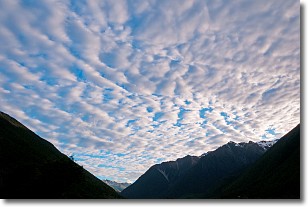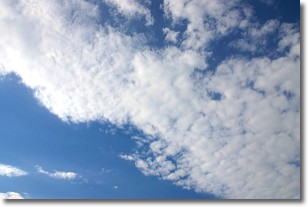Weather Alert in Maine
Air Quality Alert issued July 15 at 2:48PM EDT by NWS Caribou ME
AREAS AFFECTED: Northwest Aroostook; Northeast Aroostook; Northern Somerset; Northern Piscataquis; Northern Penobscot; Southeast Aroostook; Central Piscataquis; Central Penobscot; Southern Piscataquis; Northern Washington
DESCRIPTION: The Maine Department of Environmental Protection's Bureau of Air Quality has issued an Air Quality Alert for particle pollution until midnight EDT Wednesday night. Particle pollution levels are expected to rise into the Unhealthy for Sensitive Groups range on Tuesday. Values are already in the USG range this morning. Smoke is currently expected to not move out of Maine until Thursday, though this denser portion of the plume should move out by Thursday. In addition, particle pollution levels are expected to be moderate for the remainder of the state while ozone level are expected in the moderate range for the Maine coastal regions. The Maine Department of Environmental Protection recommends that individuals consider limiting strenuous outdoor physical activity to reduce the risk of adverse health effects. People who may be especially sensitive to the effects of elevated levels of pollutants include the very young, the elderly, those with pre-existing respiratory problems such as asthma, those with heart disease and anyone who is working hard outdoors. But if you experience symptoms such as shortness of breath, coughing, throat irritation or an uncomfortable sensation in your chest please consider limiting the intensity and duration of your outdoor activities. A toll free air quality hotline has been established so Maine residents can stay informed on the air quality situations. The toll free number is: 1-800-223-1196. Additionally the Maine Department of Environmental Protection has the air quality forecast available on the web at www.maine.gov/dep/air/aqforecast.
INSTRUCTION: N/A
Want more detail? Get the Complete 7 Day and Night Detailed Forecast!
Current U.S. National Radar--Current
The Current National Weather Radar is shown below with a UTC Time (subtract 5 hours from UTC to get Eastern Time).

National Weather Forecast--Current
The Current National Weather Forecast and National Weather Map are shown below.

National Weather Forecast for Tomorrow
Tomorrow National Weather Forecast and Tomorrow National Weather Map are show below.

North America Water Vapor (Moisture)
This map shows recent moisture content over North America. Bright and colored areas show high moisture (ie, clouds); brown indicates very little moisture present; black indicates no moisture.

Weather Topic: What are Stratus Clouds?
Home - Education - Cloud Types - Stratus Clouds
 Next Topic: Wall Clouds
Next Topic: Wall Clouds
Stratus clouds are similar to altostratus clouds, but form at a
lower altitude and are identified by their fog-like appearance, lacking the
distinguishing features of most clouds.
Stratus clouds are wider than most clouds, and their base has a smooth, uniform
look which is lighter in color than a nimbostratus cloud.
The presence of a stratus cloud indicates the possibility of minor precipitation,
such as drizzle, but heavier precipitation does not typically arrive in the form
of a stratus cloud.
Next Topic: Wall Clouds
Weather Topic: What are Altocumulus Clouds?
Home - Education - Cloud Types - Altocumulus Clouds
 Next Topic: Altostratus Clouds
Next Topic: Altostratus Clouds
Similar to cirrocumulus clouds, altocumulus clouds are
characterized by cloud patches. They are distinguished by larger cloudlets
than cirrocumulus clouds but are still smaller than stratocumulus clouds.
Altocumulus clouds most commonly form in middle altitudes (between 2 and 5 km)
and may resemble, at times, the shape of a flying saucer.
These uncommon formations, called altocumulus lenticularis, are created by uplift
in the atmosphere and are most often seen in close proximity to mountains.
Next Topic: Altostratus Clouds
Current conditions powered by WeatherAPI.com




